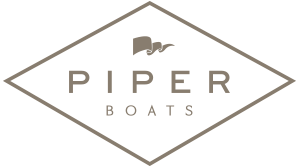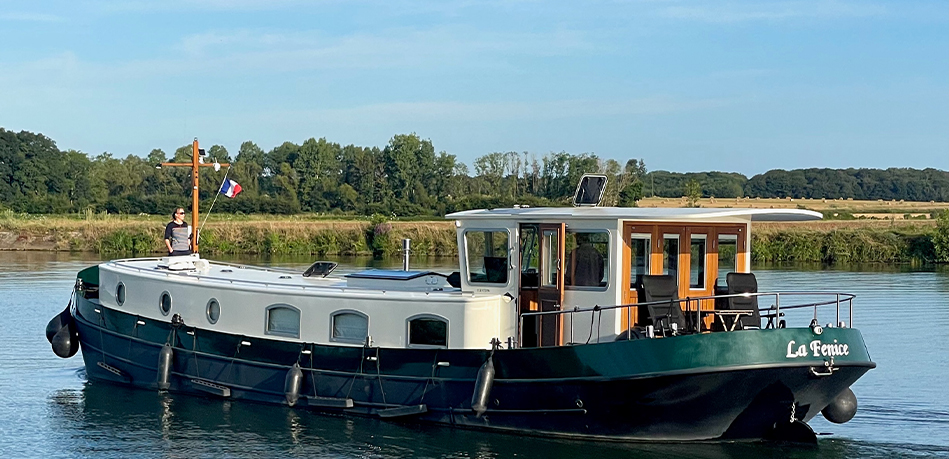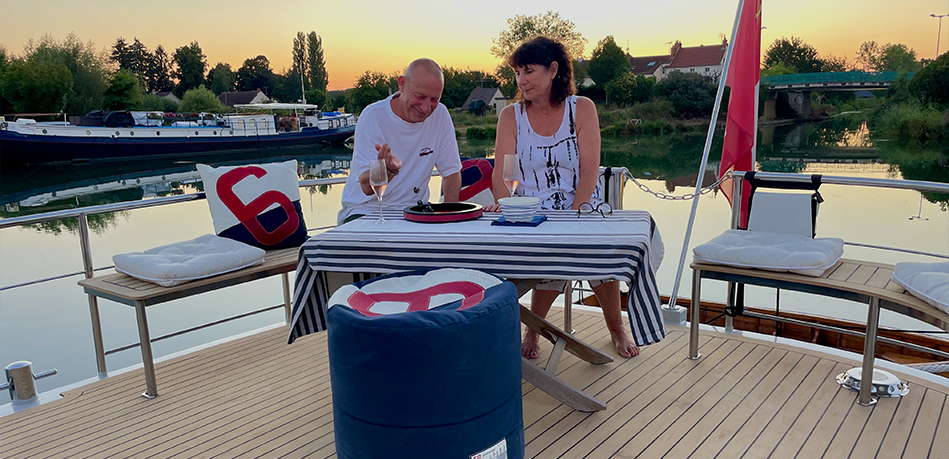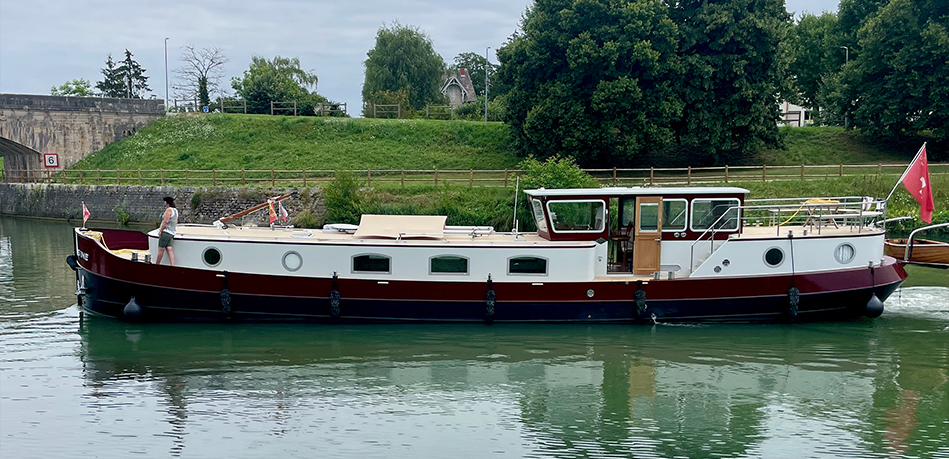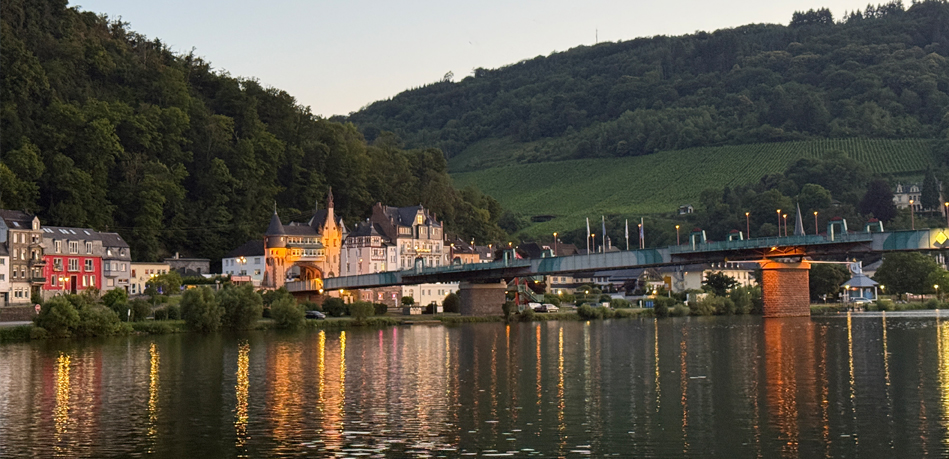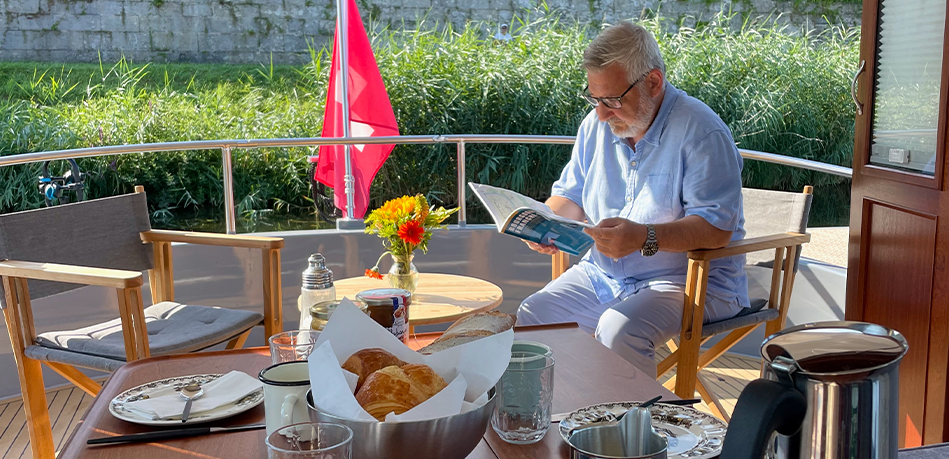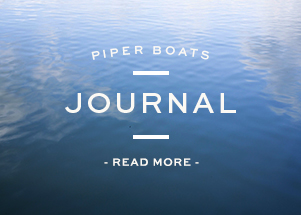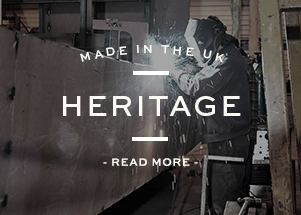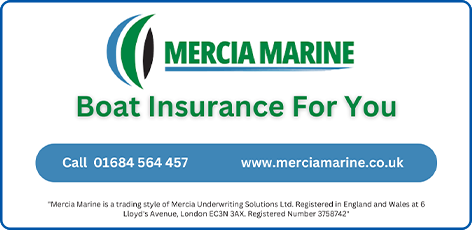Imagine waking up to the gentle lapping of water against the hull, the soft creak of ropes, and a view of misty canals lined with ancient willows or vibrant cityscapes. For those who choose to live aboard a Piper barge in Europe, this is not a vacation fantasy but a way of life. Piper barges, renowned for their craftsmanship and luxurious design, offer a unique blend of adventure, freedom, and comfort, making them an ideal choice for navigating Europe’s intricate network of canals and rivers. Here’s an exploration of what it’s like to embrace this unconventional lifestyle.
The Allure of a Piper Barge
Piper barges, built by Piper Boats in the UK, are celebrated for their bespoke designs, combining traditional narrowboat aesthetics with modern amenities. These vessels, typically ranging from 40 to 70 feet, are crafted for both functionality and luxury, featuring spacious interiors, high-quality fittings, and robust engineering suited for Europe’s diverse waterways. Living aboard one offers a front-row seat to Europe’s rich history, culture, and natural beauty, from the serene canals of the Netherlands to the sun-drenched rivers of southern France.
The appeal lies in the freedom to roam. Europe’s waterways over 45,000 kilometres of navigable canals, rivers, and lakes connect charming villages, bustling cities, and hidden gems. A Piper barge, with its shallow draft and sturdy build, can navigate everything from the narrow canals of Amsterdam to the broader Rhine or Danube, offering unparalleled access to the continent’s heart.
A Day in the Life
Life on a Piper barge is a blend of routine and spontaneity. Mornings might begin with coffee on the deck, watching herons skim the water or locals cycling along towpaths. Navigation is a key part of the day, with cruising speeds rarely exceeding 6 knots (about 7 mph), encouraging a slow, deliberate pace. Handling a barge requires skill learning to navigate locks, bridges, and currents is part of the adventure. Piper barges, with their responsive steering and reliable engines, make this learning curve manageable, even for novices.
Daily tasks include checking the engine, refilling water tanks, and securing moorings. Many bargees embrace self-sufficiency, with solar panels, generators, and water filtration systems ensuring comfort in remote locations. The interior of a Piper barge is a haven: think polished wood, cozy cabins, modern kitchens, and even underfloor heating. Space is compact but cleverly designed, encouraging minimalism and creativity in organizing belongings.
Meals are a highlight, often featuring local ingredients from markets along the route, fresh baguettes in France, smoked fish in the Netherlands, or cheeses from Belgium. Evenings might involve mooring at a quiet rural spot or a lively marina, perhaps sharing wine with fellow bargees or exploring nearby towns. The social aspect of barging is vibrant, with a tight-knit community of liveaboards and seasonal cruisers exchanging tips, stories, and camaraderie.
The Joys and Challenges
The joys of barge life are many. The ever-changing scenery, vineyards, castles, windmills keeps every day visually spectacular. The lifestyle fosters a deep connection to nature and history, with opportunities to moor near UNESCO sites or hidden medieval villages. Financially, it can be cost-effective compared to urban living, with mooring fees often cheaper than rent and the ability to grow food or trade with locals. Piper barges, built to last, hold their value well, making them a sound investment for long-term liveaboards.
Yet, challenges exist. Space constraints demand discipline, every item must earn its place. Maintenance is ongoing, hull cleaning, engine servicing, and winterizing are non-negotiable. Weather can dictate plans, with storms or low water levels disrupting travel. Navigation regulations vary by country, requiring permits like the International Certificate of Competence (ICC) and compliance with local rules. For example, France’s canals demand a CEVNI license, while Germany’s commercial waterways require VHF radio certification. Piper Boats often provides guidance on these requirements, easing the transition for new owners.
Seasonal changes also shape the experience. Summers are ideal for cruising, with long days and bustling waterways, while winters may mean settling in a marina or winterizing the barge in colder climates like the UK or northern Germany. Some bargees chase the sun south to Portugal or Spain, where milder winters allow year-round cruising.
Navigating Europe’s Waterways
Europe’s waterways are a patchwork of experiences. In the Netherlands, the dense canal network weaves through tulip fields and vibrant cities like Utrecht or Leiden. France’s Canal du Midi, a UNESCO World Heritage Site, offers a leisurely route lined with plane trees and vineyards. Belgium’s Ghent-Terneuzen Canal buzzes with industrial charm, while Germany’s Rhine blends dramatic gorges with urban ports. A Piper barge’s versatility allows exploration of both narrow, historic canals and wider rivers, with the option to customize the vessel for specific routes—say, extra insulation for northern climates or a larger deck for Mediterranean sun.
Mooring options abound, free rural spots, paid marinas with amenities, or city quays with cultural access. Costs vary, expect €50–€200 per month for basic moorings, with premium spots in cities like Paris or Amsterdam costing more. Fuel efficiency is a plus; a Piper barge’s diesel engine consumes modestly, and many liveaboards supplement with solar power.
Community and Culture
The bargee community is diverse, spanning retirees, digital nomads, families, and adventurers. Festivals like the UK’s Braunston Historic Boat Rally or France’s Festival de la Péniche bring bargees together, celebrating the lifestyle with music, food, and boat tours. Online forums and posts from barge owners share practical tips, from lock navigation to winter mooring deals, fostering a sense of global connection.
Culturally, living aboard immerses you in Europe’s tapestry. You might barter for wine in Bordeaux, join a Dutch canal festival, or explore Roman ruins along the Moselle. Language barriers fade as locals warm to the sight of a well-kept Piper barge, often sparking conversations or invitations to local events.
Getting Started
For those dreaming of this life, starting is simpler than it seems. Piper Boats offers new and used barges, with prices ranging from £100,000 to £300,000 depending on size and customization. Financing options exist, and many owners offset costs by renting out their barge seasonally. Training courses, like those from the Royal Yachting Association, prepare newcomers for navigation and safety. Researching routes and regulations is key, resources like the European Waterways Map or communities of bargees provide real-time insights.
A Life Less Ordinary
Living aboard a Piper barge in Europe is a commitment to freedom, simplicity, and discovery. It’s not always easy weather, maintenance, and regulations demand resilience but the rewards are profound. Every bend in the river brings a new view, a new story, a new connection. For those willing to embrace the rhythm of the waterways, a Piper barge offers a home, a vessel, and a ticket to a life less ordinary.
Always check current regulations and mooring costs, as they vary by region and season.
For Piper barge specifics, visit Piper Boats’ official site www.piperboats.com

